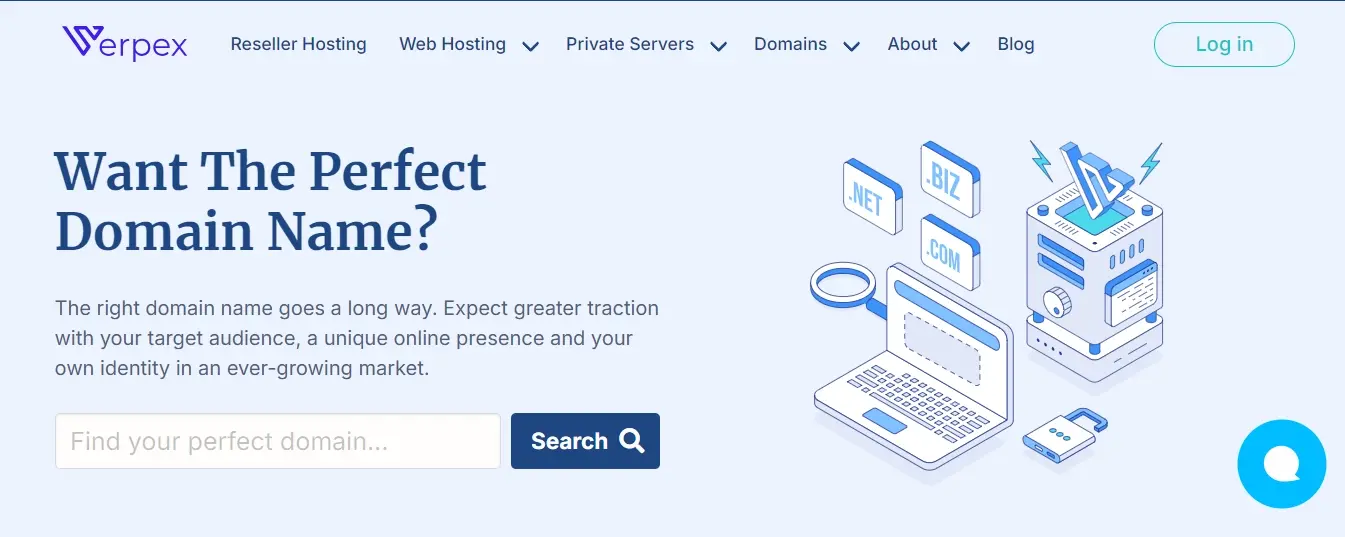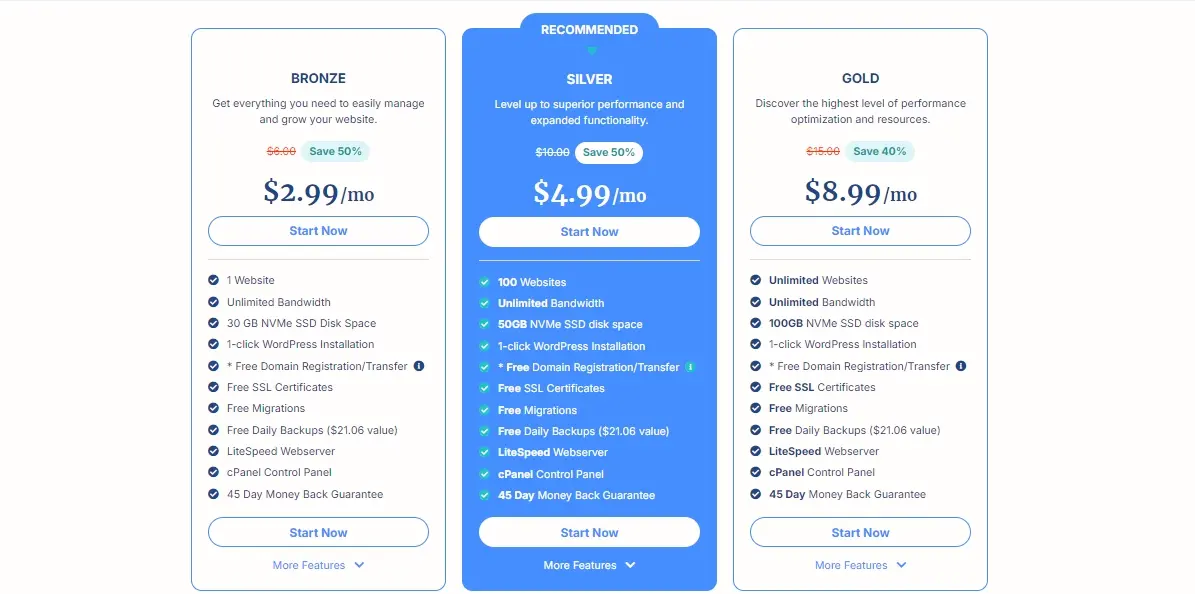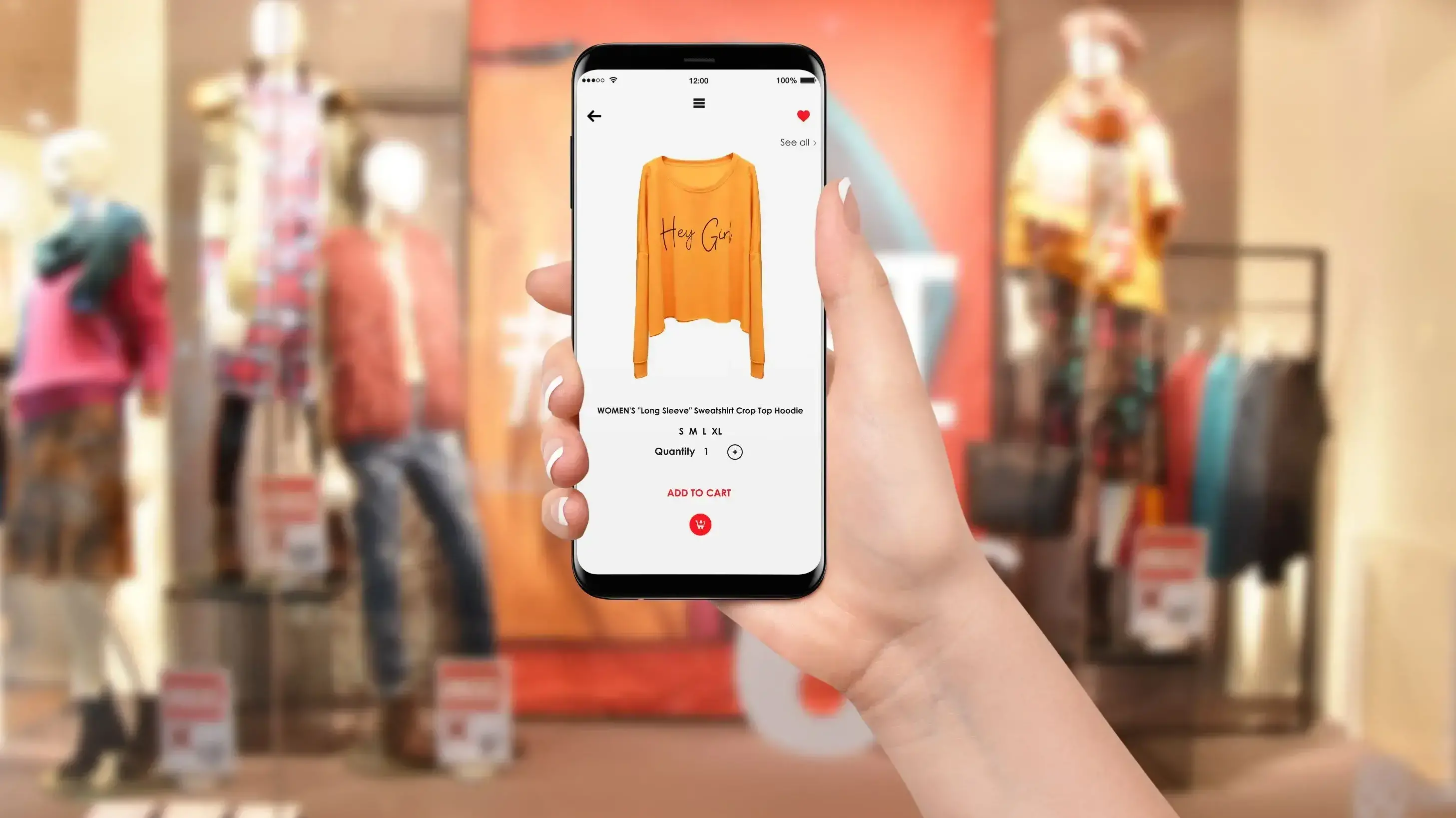Starting an online clothing store can be a lucrative side hustle with the potential to grow into a full-time business.
To kick things off, you'll need to choose a niche, develop a unique angle, and find cost-effective ways to promote your brand.
This step-by-step guide will walk you through this process, including best practices and budgeting tips for getting started.
Physical Store vs. Online Clothing Store: What’s the Difference
If you're considering starting a clothing business, you might be weighing the options between a physical store and an online store.
While many still prefer shopping in person, online retail is growing quickly and offers distinct advantages.
Let’s take a quick look at how both options compare.
| Aspect | Physical Store | Online Clothing Store |
|---|---|---|
| Shopping Experience | In-person, tangible experience with the ability to try on clothes. | Virtual experience based on images and descriptions. |
| Convenience | Requires travel and is limited by store hours. | Accessible 24/7 from any location with internet access. |
| Product Availability | Limited by physical inventory space. | Broader selection with access to a wider range of products. |
| Customer Service & Returns | Immediate in-person assistance and same-day returns/exchanges. | Online support with potential delays and shipping required for returns. |
| Pricing & Costs | Higher prices due to overhead costs like rent and staff. | Often lower prices with frequent online discounts. |
Why Should Your Clothing Business Sell Online?
If you're in the clothing industry, you might be questioning whether selling online is the right move for your business.
Is it truly the best approach?
Here are a few compelling reasons why your clothing business should consider going online.
- Global Reach: A traditional store limits your customers to a local area, but an online business allows anyone, anywhere, to shop, expanding your customer base globally.
- Lower Overhead Costs: You don't need a physical location for your online store, which helps you save on costs like rent, electricity, and furniture.
- 24/7 Availability: An online shop is always open, letting customers shop anytime, which can boost sales.
- Better Customer Insights: Online platforms offer tools to monitor customer behavior and preferences, enabling you to customize your products and marketing strategies more effectively.
- Easier Marketing and Promotion: Digital marketing tools like social media, email campaigns, and SEO help you reach your target audience more efficiently and at a lower cost than traditional advertising.
- Scalability: As your business expands, scaling an online store is simpler—you can introduce new products or tap into new markets without being limited by physical space constraints.
How to Set Up an Online Clothing Store in 10 Easy Steps
Step#1: Select Your Ecommerce Platform
One of the foundation stones in your online clothing store journey is choosing where you will sell your products.
When starting an online store, there are two ways you can do this, by using a Content Management System (CMS) or a website builder.
A CMS offers some outstanding features like
- user and group functionality
- version management
- reduction of the need to code from scratch
- modularity and extensibility
- a collaboration platform
- integration of audit logs
- template customization
- SEO
- wizards installation and upgrade
Some of the most popular CMS platforms include WordPress, Drupal, and Joomla.
A website builder lets you create and design websites without coding or needing a developer.
Below are some popular options:
- Shopify – A leading eCommerce platform with apps tailored for online clothing stores, focusing on social commerce and mobile shopping.
- WooCommerce – A free, popular WordPress plugin that enhances your online store with various modules and plugins. It includes a secure payment processor and shopping cart.
- Magento – Ideal for enterprise-level and small businesses with large inventories and high traffic.
- BigCommerce – A growing platform based in Austin, Texas, known for its beginner-friendly features, educational resources, and detailed analytics.
- Wix – Best for smaller stores, Wix offers excellent eCommerce tools, creative control, and useful features like abandoned cart recovery.
Step#2: Choose and Register Your Domain Name

A professional-looking website with a reliable domain name builds customer trust and boosts sales.
Your domain name should match your clothing store's name for easy online discovery. Once chosen, register your domain.
Remember the basics: a strong domain name and reliable hosting are essential.
A short, memorable domain helps users find your site easily, crucial for competing in the digital space. If using a CMS, you can often register your domain during setup.
With website builders, you don't need to buy a domain, but your options for naming your site will be limited.
Step#3: Choosing Your Hosting Provider and Package
Before choosing web hosting, consider factors like disk space, features, performance, customer support, and security.
Different types of hosting—such as shared, VPS, managed vs. unmanaged, cloud, and hosting for WordPress—cater to different needs.
The right hosting can significantly impact your online store's performance and sales, even if it’s invisible to customers.
If you're using a CMS, you'll need to select a hosting provider and package.
Website builders, however, handle hosting for you, though they come with limitations, such as restricted plan choices, often involving shared hosting.

Step#4 Add Products to Your Online Store
When selecting products for your online store, it's wise to start small and pace yourself.
Adding too many products in the beginning can result in a lot of extra work, such as organizing photoshoots and writing product descriptions.
When you start selling, focus on the essential products that your online clothing store should offer.
Step#5: Set Up A Payment Processor
A payment gateway or processor is software that facilitates transactions between the customer and their bank.
When setting up your online store, you'll need a payment processor to accept customer payments.
Popular options include Skril, PayPal, Stripe, PayU, and BrainTree.
Step#6: Write Shipping and Return Policies
A clear shipping and return policy gives customers confidence, knowing the store owner will address any issues with their order.
Thoughtfully crafted policies can lead to increased long-term sales and elevate your brand's reputation.
Step#7: Set Up Product Reviews Options
To make your website trustworthy and reliable, make it easy for customers to leave product reviews.
Positive reviews build confidence in potential buyers, ultimately driving sales.
Since most customers check reviews before purchasing, be sure to include product review options on your site.
Step#8: Prepare Social Media Accounts
Building a strong social media presence is vital for your online store's success.
Instagram, with its photo-focused design, is particularly effective for fashion eCommerce.
Alongside Instagram, many brands also use platforms like Facebook, Pinterest, and Twitter
Creating a well-thought-out social media strategy helps you reach the right audience on the most effective platforms.
Step#9: Publish Your Store and Make A Test Order
Running a test order before launching your website helps ensure everything runs smoothly.
This allows you to spot and fix any issues before going live, ensuring a seamless experience for your customers.
Step#10: Market and Promote
In the highly competitive clothing market, a well-planned marketing strategy is crucial to make your online store stand out.
You can promote your business through various channels, including social media, paid advertising, and even celebrity endorsements.
Best Practices for Online Clothing Success

SEO
Many online store builders offer built-in SEO tools. To get started, focus on a few SEO basics: user-friendly navigation, internal and external linking, backend performance, local optimization, and keyword optimization.

User-friendly Design
Users are more likely to stay on your site if your online clothing store is easy to use. Your search ranking will be higher if your bounce rate is lower. The way your website looks will determine the number of visitors you get

Payment Options
Every eCommerce website needs a few key features, with the most essential being the ability to take payments. Without this, the primary goal of the business—making money—is impossible.

Great Website Navigation
Keep your site's navigation structure simple and easy to use. Category names should be clear and straightforward. To provide the best usability for your customer, make sure you do some user testing.

Targeted Paid Ads
Facebook Advertising and Google Ads are effective tools for reaching customers. Take time to identify your ideal customer and audience, as both platforms offer various targeting options to reach the right people.
Effective Budgeting for Your Online Clothing Store: Where to Spend and Save

When running an online clothing store, managing your budget wisely is crucial for maintaining profitability while ensuring growth.
Here’s a breakdown of where you should consider spending more and where you can cut costs without sacrificing quality
Where to Spend
- Website Design and User Experience: Invest in a professional, user-friendly design to boost customer satisfaction and conversions.
- Product Quality and Sourcing: Allocate more to high-quality products and reliable suppliers to build a strong brand reputation.
- Marketing and Advertising: Spend on digital marketing strategies like social media ads and SEO to reach your target audience.
- Photography and Visuals: High-quality images and videos make your products more appealing, leading to increased sales.
- Customer Service: Invest in responsive support teams and tools like live chat to enhance customer satisfaction and loyalty.
Where to Save
- Office Space: Operate from home or use co-working spaces to reduce overhead costs, avoiding unnecessary expenses.
- Basic Web Hosting: Start with a basic hosting package that meets your needs, upgrading as your business grows.
- Packaging: Use cost-effective, eco-friendly materials and avoid excessive packaging that doesn’t add value.
- DIY Branding and Graphics: Save by using DIY tools like Canva for branding materials, upgrading to professional help later.
- Automated Tools and Software: Make use of free or low-cost tools for tasks like email marketing and inventory management to maintain efficiency while keeping costs low.
Final Remarks
E-commerce and fashion are both booming industries and the combination of the two gives rise to many opportunities.
By following the steps outlined above, you will make sure that your business withstands the test of time and becomes successful.
Frequently Asked Questions
Where does Magento perform best?
Magento is a versatile and flexible platform, and it’s the best choice for online clothing stores that have a large number of products, more specifically, over 10,000.
How to start an online clothing store?
First, you need to decide on your niche. Then, choose between holding your own products and dropshipping. Brainstorm a name for your business, register a domain name and choose a hosting plan. Create your website and choose which product you will sell. Lastly, launch the site.
Why is an online store better?
The main benefit of online retailing is that it’s more convenient for the customer. Customers usually opt out of buying stuff over the internet instead of going to the store due to the busy lives they live.
What are the shipping methods available for online stores?
You can choose between ship-from-DC, ship-from-dropshipper, ship-from-store, in-store pickup, and ship-to-store.
How do I display my clothes for online sales?
Start by taking high-quality photos with clear backgrounds, and providing detailed descriptions with accurate measurements. Organize your listings by category and respond promptly to customer inquiries.

I've been navigating the web hosting waters for years now. As the Chief Editor at Verpex, I team up with some awesome writers to dish out the good stuff on hosting. Got a Master's in Journalism, so I always have an eye out for quality. Whether you're just dipping your toes or you're a seasoned surfer, I'm here to make everything web hosting feel like a breeze
View all posts by Julia Lozanov




















